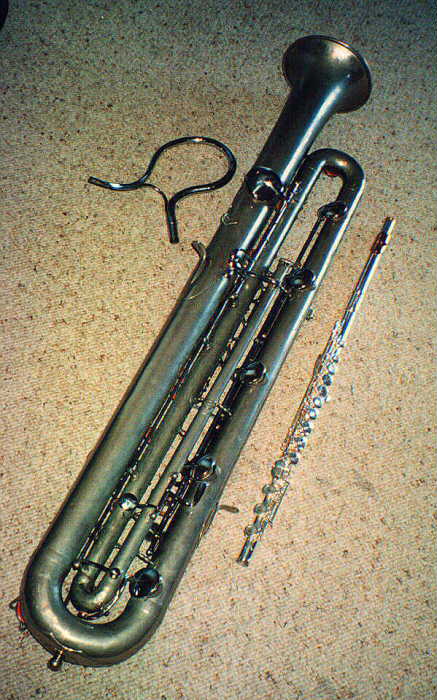
The measurement process is exactly the same as described above, no need to choose what you need. The meter stores the octave band spectrum automatically every 1/2 second.
#Octave band software
Once you have finished making measurements, they can be downloaded to a computer using the NoiseTools software provided. You don't have to decide what to save as it stores it all. It will also store these every second, or whatever rate the meter is set to. The meter will automatically store the LAeq, Lavg, LCeq, LPeak and a few others parameters. When you are happy that you have measured for long enough (the average has settled for example), simply press the Stop key. The meter will start measuring the Leq, Lavg and Peak (the main parameters needed for occupational noise), along with a few other useful parameters.


This process is the same for any model of this meter, whether you have data logging or not. To start a measurement, simply press the Start key, shown on the right.

The NoiseTools software takes the octave band measurements and calculates the level at the ear when using different hearing protectors. When noise levels are very high, you need to be sure that the hearing protectors that are being used are adequate. The meter measures in all bands at the same time, storing the octave spectrum every second or every 1/2 second. This version of the Optimus Red meter also has Real-Time (or "parallel") Octave Band Filters. This audio is transferred to the software automatically along with the measurement. The meter will record any speech or the noise in question (to help you identify it later) for up to 30 seconds. Make a brief recording (either your voice or the actual noise) just before taking a measurement.īefore starting a measurement, the meter will ask if you want to record a "Voice Tag". This is particularly useful when monitoring for long periods.Īn easy and reliable way of making on-site notes with your noise measurements. It stores the Leq (A, C and Z) and the Peak (C and Z), giving a very informative graph of the noise over time. Time History - The meter can be set to store time history measurements at one of a number of rates between 10 ms and 2 seconds. They include the Max and Min values for all frequency and time weightings, along with the all important Leq (A, C and Z weighted) and Peak (C and Z weighted).

Summary - These "overall" values describe the noise for the whole measurement period. Although the display shows only the commonly used parameters (Leq, Lavg, Peak, etc), the meter stores the sound levels for all time and frequency weightings, along with a time history for the more common ones and the octave band spectra.
#Octave band free
If you need assistance selecting or configuring an octave band analyzer for your sound or noise measurement application please contact us at toll free 1.866.363.6634 or email us at. Help determine the adequacy of various types of frequency-dependant noise controls Select hearing protectors because they can measure the amount of attenuation (how much a sound is weakened) offered by the protectors in select octave bands Analyze the frequency content of noise. Real-time analyzers or octave-band analyzers are used to: For a more detailed analysis, the spectrum is sometimes measured in one-third octave bands. Electronic filter circuits are used to divide the sound or noise into individual frequency bands. Real-time analyzers or octave-band analyzers are special sound level meters that divide noise into its frequency components.


 0 kommentar(er)
0 kommentar(er)
